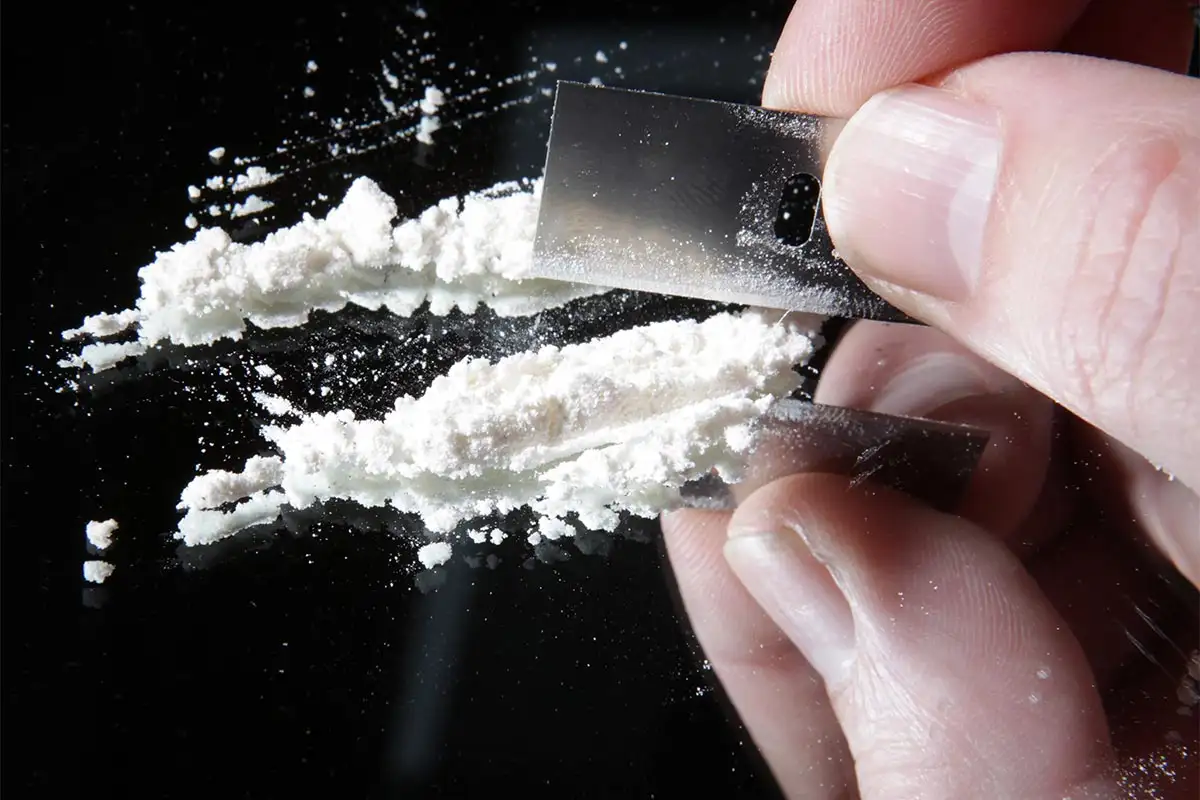Cocaine Addiction Treatment

What is Cocaine?
Recent studies have shown, over 15% of people that seek help for an addiction to some sort of drug list cocaine as their drug of choice, with 72% of those stating that they abuse crack cocaine. Formally known as Cocaine Hydrochloride, many of the people that use cocaine are also polydrug users, meaning that they use cocaine and some other addictive drug and will continue to use without seeking treament for Cocaine addiction.
Due to the widespread use of cocaine, and the demand for treatment, cocaine abuse treatment is better than ever at helping an individual not only quit using cocaine, but help foster lifelong abstinence to the drug. The most common form of treatment for cocaine users involves therapy, counseling, and medicines in order to help alleviate the cravings and lessen the severity of withdrawal symptoms.
Because of the effects that cocaine has on the brain, treatment for cocaine addiction also has to include biological changes and social, environmental, and even family changes. In order for treatment to work, not only does it have to be comprehensive, but needs to address all of the users biological and neurological needs, in addition to any other medical complications that might arise. In patients that use more than cocaine, other mental disorders may be present that need to be addressed as well.
Crack Cocaine Addiction
Crack cocaine is one of the most addictive substances known to man. It does not take long for an individual to obtain an addiction after first trying crack. Crack can cause many serious health problems for individuals who abuse it. In fact, prolonged use of crack cocaine can result in death. If you know someone who is struggling with a crack addiction, it is imperative that you convince them to go through a crack detox.
Crack cocaine is simply cocaine that has been mixed and cut with baking soda. It then solidifies so that individuals can smoke it in a pipe. The high users get from crack is incredibly powerful, however, also very fleeting. This is why people become addicted to crack so quickly. All it takes is one hit, and your body will be craving the drug.
Crack cocaine alters the brain chemistry of the user. This causes a sense of euphoria, or high. It results in supreme confidence, loss of appetite, heightened alertness, insomnia, rapidly increasing energy, and even potential paranoia.

There are a multitude of different side effects a person experiences when they use crack cocaine, the short terms effects include constricted blood vessels, dilated pupils, increased temperature as well as blood pressure and heart rate. In higher doses bizarre behavior accompanies the drug abuse and can even lead to violent behavior.
Break Free from Crack Cocaine Addiction—Start Your Recovery Today
It’s never too late to reclaim your life. If you or someone you know is struggling with crack cocaine addiction, help is available. Reach out now to begin the journey toward healing and a brighter future. Call us on (855) 997-2786.

How Long Does Cocaine Stay in your System?
We are looking at answering this question with regard to drug testing or drug screening you may have been asked to perform at workplace/employment or for pre-employment drug screening. We will be looking at various common membrane tests which are used in frontline or first-line screens. These will almost invariably be either a saliva test or comparable urine test.
The sensitivities for urine and saliva testing are very different and the windows for detection (how long cocaine will remain in your system and be detectable) by these methods is quite variable depending on test method used. Saliva testing offers the shortest window for detection or the shortest period after which cocaine has been consumed to which the test results would start to appear negative.
Cocaine levels in the saliva being measures fall below the cutoff for a positive test result on a saliva test usually within 24 to 36 hours, and most of these saliva membranes will screen saliva level of 20 nanograms or above. So, that is quite a short window period after cocaine is being used for it to be detected during a saliva test. These tests are far more appropriate to be used either for employment screening or where someone is doing a post incident or accident screen to exclude cocaine from from being a contributing factor with incident reporting. Compare that to the urine screen where cut-offs of 300 nanograms for SAMSA 5-panel.
While urine testing thresholds seem much higher than the comparable saliva level, detention after cocaine use extends up to 5 days and only after five and a half to six days will the report a negative result. So that’s quite an extended or longer period for a urine test and that is why most pre-employment screens will still be performed on a urine sample as opposed to a saliva test. Sensitivities for cocaine urine testing can be lowered to 150 milligrams and test is available it doesn’t really extend the window period of detection by any great amount you’re still going to have a window detection of up to five days even on a 150 nanogram membrane. Most pre-employment and employment workplace testing will almost always rely on one of the two methods described above.
Alternative testing methods which will not be performed routinely unless you’re under high suspicion would be a hair follicle examination now hair follicle examination. Most will default to a three-month Basel segment of hair looking back for deep position of cocaine and its metabolites in that hair follicle for a full three-month period.
Cocaine Detox and Withdrawal
Crack cocaine withdrawal symptoms during cocaine detoxification include both physiological and psychological symptoms.
Psychological
- Severe Depression
- Fatigue
- Nightmares
- Malaise
- Anxiety
- Suicidal Ideations
Physiological
- Dehydration
- Immune Deficiency
- Loss of Motor Control
- Nausea
- Malnutrition
- Muscle Pain
Crack/Cocaine Detox
Crack is both psychologically and physically debilitating. During Crack Detox a crack cocaine user often feels depressed, lethargic and dehydrated. Our crack detox goals include management of all withdrawal symptoms via a comprehensive systems detox program that incorporates medication safety, while simultaneously replacing key nutrients including vitamins, electrolytes and water. Our systems detox program allows clients to recuperate in comfort. The result is a much higher success rate.
Cocaine detoxification has the same characteristics as crack detoxification except that crack is administered through inhalation while cocaine is usually snorted (insufflation) or injected (intravenous). Regardless of the route of administration, crack cocaine detox and withdrawal leave addicts feeling exhausted, dehydrated, paranoid and depressed. Our cocaine detoxification program treats cocaine withdrawal symptoms by incorporating a complete systems detox that incorporates; addictions physician oversight, hydration therapy, electrolyte therapy, nutrient replacement and sleep disorder treatments.
Never again do you have to use cocaine – NEVER! We have been successfully detoxifying Crack Cocaine addicts since 2013 at our Orange County rehab in Huntington Beach California. has helped thousands of cocaine users reclaim their lives. We know how insidious addiction is and we know how to help dependent souls overcome addiction.

